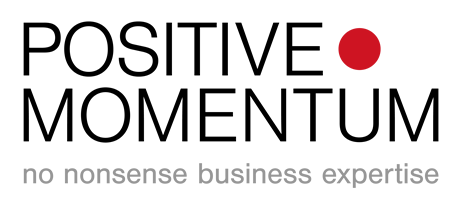Don’t worry they’re ceramic frogs. Photo 190291318 © Richard Van Der Spuy | Dreamstime.com
Don’t worry they’re ceramic frogs. Photo 190291318 © Richard Van Der Spuy | Dreamstime.com
If you want to get back to better faster, you have to pay more up front.
When building something new from nothing, an agile approach of building only what you need at the time ensures that you don’t over-engineer or create something for which you don’t have a validated need.
But when you’re trying to evolve something already established into a new form, sometimes you have to make your biggest moves first.
This is the sunk cost fallacy rebooted for the modern age, and here are 4 areas where #backtobetter demands bravery up front.
Old (or failing) technology stacks
The system for booking ad spots at ITV, the content management system at Sky News, the subscriber CRM system at Future – those are my examples; you will all have yours. They are software elements within a stack which have outlived their lifespan and been overtaken by better technologies. And while other tools which they integrate with have evolved, they haven’t or can’t any more, which means faithful engineers spend too much of their time and effort trying to keep them up and running, when in fact they should be replaced.
Or there are the massive new projects which seem more like black holes – sucking up ever more budget while never reaching a launch point. You’ll know those very well too. The sooner you stop them, the bigger the saving, and the quicker you can find a new path to achieving your original transformation goal.
Don’t fall for the sunk cost fallacy. Cut your losses sooner rather than later. Rip it up and start again.
Strategy pivot
The media and publishing industry was one of the first to be totally disrupted by digital. The change was huge, but gradual, a bit like the fable of the boiling frog. The organisations which have come out of the other end of digital transformation most successfully are, in general, the ones which took it on most aggressively. In August this year, digital revenues at the New York Times outstripped print for the first time. It’s a major milestone in a transformation journey which started back in 2011, when the paper started charging for content online while many others scoffed, preferring to chase the ‘likes’ of social platforms only to find their content devalued in a race to the bottom.
Make the decision, stick to it, and stay the course. Don’t be swayed by others around you – their business is not your business.
Cultural Change
We humans are creatures of habit. It takes a while to switch rhythms, like moving onto the night shift (speaking from experience). Other aspects of our change take even longer – ask Charles Darwin. Essentially our capacity for change is linear, yet we’re living in a world where the rate of technology change is exponential. Little wonder then, that cultural change in organisations is tricky at the best of times.
If you are going to be successful in effecting cultural change, I believe you should employ all the standard ingredients of change management, but go big up front. Yes, tell people what you’re going to do, what’s in it for them, and recruit a band of champions throughout the business, but most importantly, make the biggest changes first.
Get the restructure right first time, because a second time is more than double the trauma.
Why? For several reasons:
a. Most businesses have an inherent cultural elastic which will snap behaviours back to the way they were eventually, unless you break the elastic. (Remember Hooke’s Law in physics?)
b. Many people find change difficult, so ‘ripping off the Band Aid’ as my US colleagues used to say, ensures that it only gets easier going forward, and your subsequent follow-up actions will feel so much easier having made the bold substantial moves first.
c. One of the biggest drivers of change is conviction. And nothing shows conviction like a bold move. An incremental ‘let’s start small and see how it goes’ approach will be read by many as ‘it’s the latest fad, I give it 3 months before we’re back to normal’.
Big boulders first. That way you show that you’re serious. The stones and gravel will fall into place afterwards.
In uncertain times, leadership demands change, and change requires decisiveness. ‘Agile’ is a well documented and proven methodology for iterative software development which requires strong decision-making and prioritisation. It’s a world apart from a half-hearted attempt at meaningful change.








